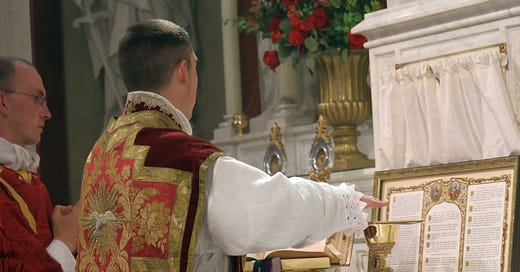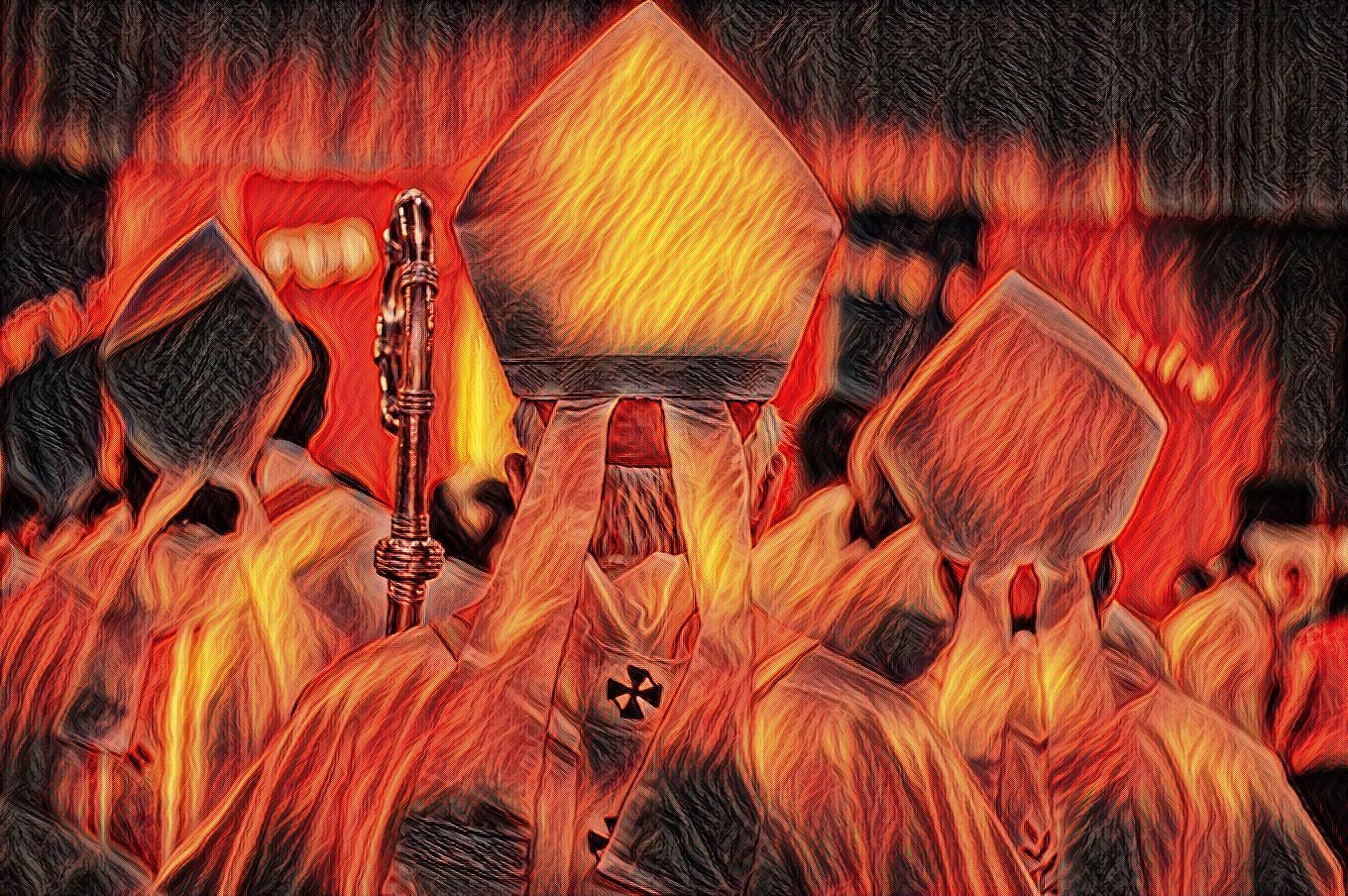Why Are Some Churchmen So Opposed to the Return of the Latin Mass? (Conclusion)
Psychological, spiritual, and theological reasons for the resistance — as well as reasons for hope in a true springtime of tradition
As we saw in the first part, the objection that the TLM “prevents active participation” turns out to be not only weak, but ironic, since the old rite seems to foster in many attendees a higher, more personal, more effective, more transformative kind of participation.
When people attend the TLM they are thrown into a form of worship that is unabashedly sacred, God-centered, and heaven-directed, fiercely dogmatic and politically incorrect, appealing to something profound within man’s soul. It calls out to those who are serious searchers; it rewards those who stumble upon it by divine favor; it grows in attractive power as whole portions of the Church crack off and float away. It may still be a lamp barely taken out from under its bushel; it may still be a tiny light shining in a vast darkness, and blocked from view by mountainous ecclesiastical barriers; but it is really there, and the warmth and luminosity of it is unmistakable once you get within range of it.
People are drawn upwards by the worship of the transcendent God and forwards by the pride of receiving and delivering a great inheritance; these things give us a sense of belonging at a time when so many are rejecting their families, their cultures, their identities, their very selves. This great inheritance give us a sense of stability in an age that is formless and void. As Noah Peters testifies:
We know how the Latin Mass has touched our own lives, and has increased our own determination to grow in holiness and devotion to the Church. At a time of decline in Mass attendance, weddings, and infant baptisms throughout the United States and much of the world, we know that the Church needs the zeal, holiness, and devotion that the Latin Mass inspires.
The solution to the mess we have fallen into by a long series of bad decisions is simple and at the same time exceedingly hard: we have to make the opposite decisions, again and again. The Church needs to stop thinking about new strategies, new programs, new pastoral initiatives, new synods (God help us!), or statistical measures of success, and resolutely throw herself again into:
the proclamation of the full Gospel, including its “hard sayings”;
the celebration of solemn and beautiful liturgies;
the building of monasteries and religious communities on the foundation of the usus antiquior;
the cultivation of an intellectually robust curriculum in seminaries and universities;
an encouragement of large families, as in the old days,
together with the promotion of homeschooling.
Only by taking a seriously countercultural path is there any long-term hope for Catholicism. As a believer, I am convinced that the Faith will survive and prosper again — but only where such things are being done, and only to the degree that they are being done.
Self-Destructive Modernism
Active participation may be the most common issue that arises; it’s the spontaneous and lazy talking point for justifying a world of abuses, iconoclasms, and cancellations. But I think there is a deeper explanation for the phenomenon of a deep-seated fear or hatred of the TLM on the part of clergy.
Keep reading with a 7-day free trial
Subscribe to Tradition and Sanity to keep reading this post and get 7 days of free access to the full post archives.






